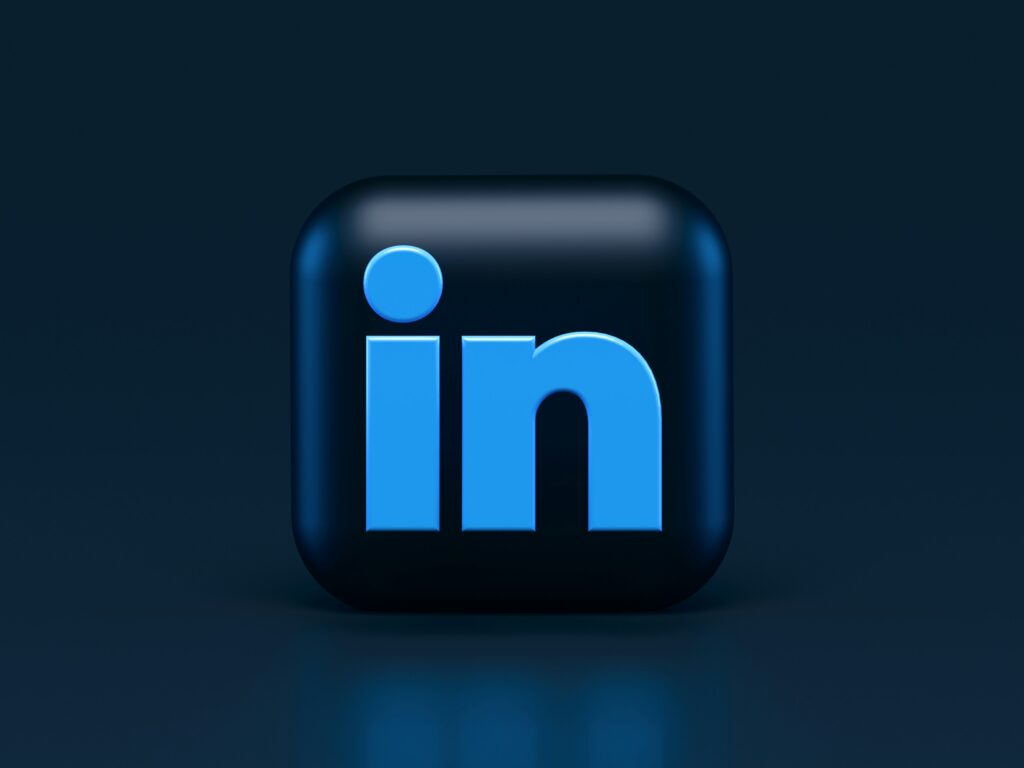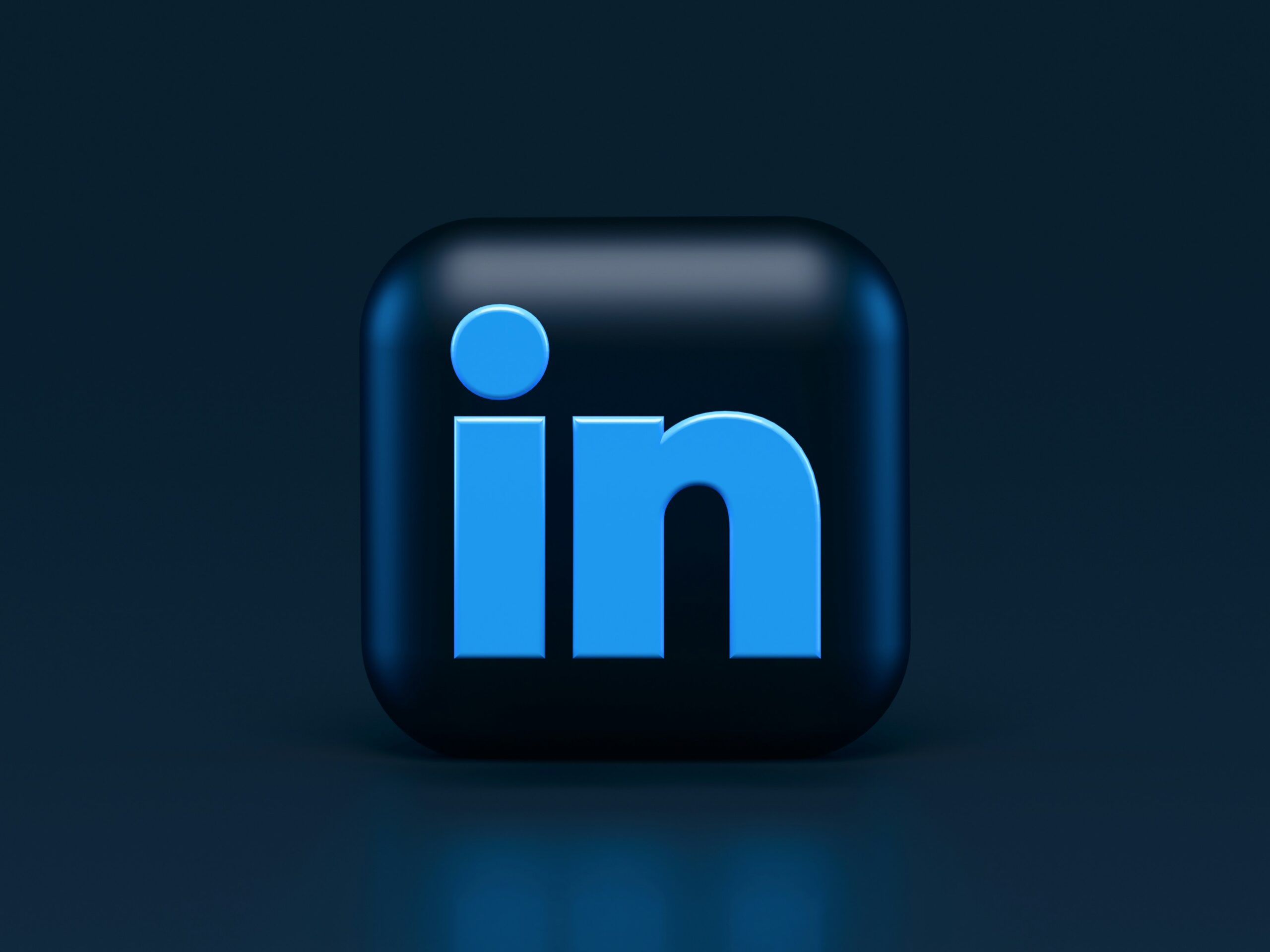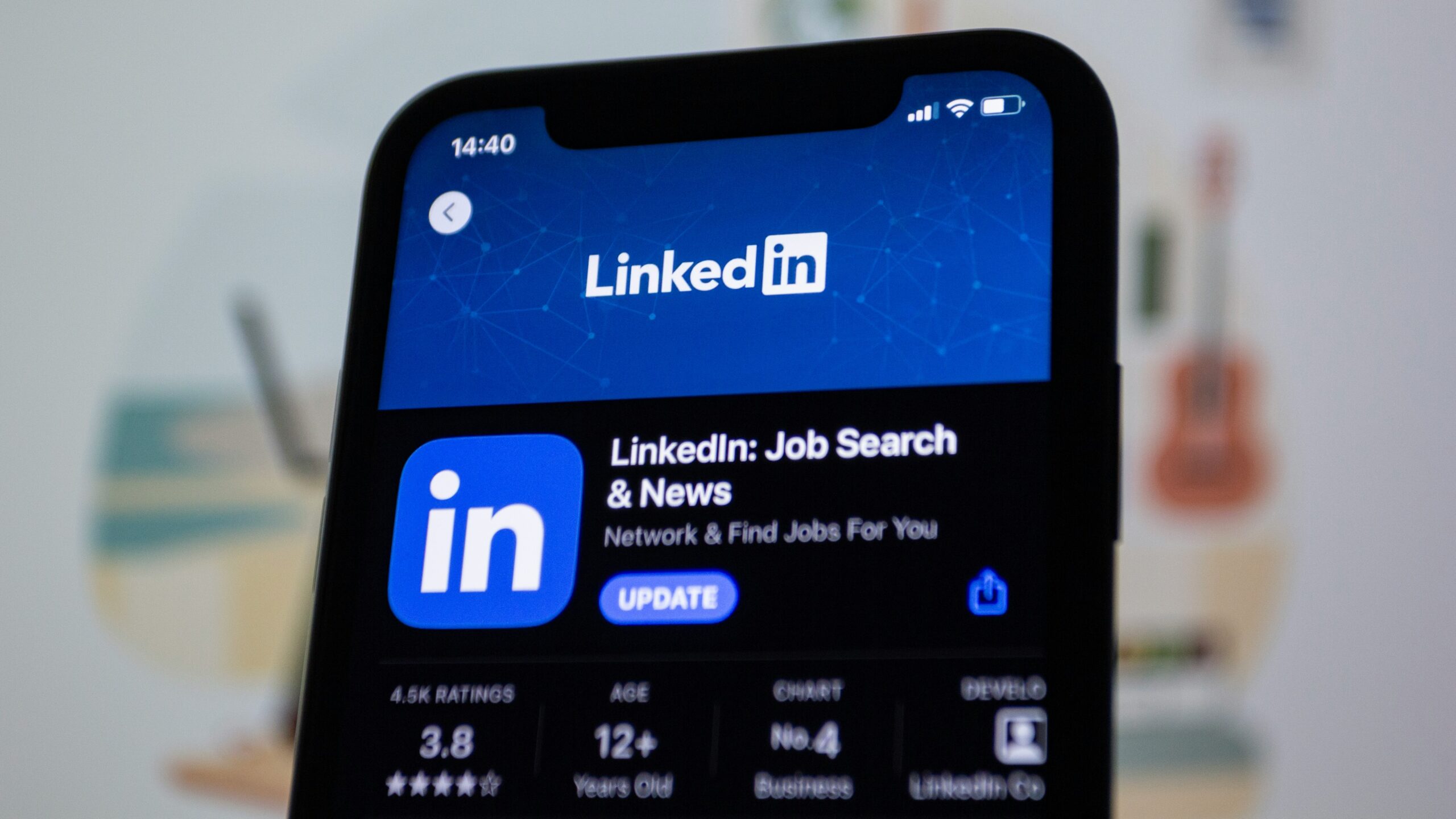LinkedIn Logo: Meaning, History, Design Influences, and Evolution

Contents
LinkedIn, the world’s largest professional networking platform, boasts a distinctive logo that has become synonymous with careers, connections, and opportunities. In this article, we dive deep into the fascinating universe of the LinkedIn logo, unraveling its meaning, tracing its history, exploring its design influences, and examining its evolution over time.
Understanding the LinkedIn Logo
The Meaning Behind the LinkedIn Logo
Every great logo has a story to tell, and the LinkedIn logo is no exception. The iconic blue “in” symbolizes the interconnectedness of professionals across the globe. As individuals join the platform, they become part of an expansive network, fostering collaborations and forging meaningful connections.
The Symbolism in the LinkedIn Logo
Beyond its general meaning, the LinkedIn logo conveys a deeper message through its design elements. The four, overlapping squares within the “in” symbol represent the four pillars of LinkedIn’s mission: people, knowledge, opportunities, and insights. It serves as a powerful reminder that LinkedIn is not only a platform for networking, but also an invaluable resource for career growth and personal development.
Moreover, the shade of blue chosen for the LinkedIn logo is not arbitrary. Blue is often associated with trust, professionalism, and reliability, qualities that are highly valued in the professional world. This color choice reinforces LinkedIn’s commitment to providing a trustworthy platform where professionals can connect and engage with confidence.
The Evolution of the LinkedIn Logo
Over the years, the LinkedIn logo has undergone subtle changes to reflect the platform’s evolution and growth. From minor tweaks in font style to more significant alterations in the “in” symbol’s proportions, each update has been carefully considered to ensure that the logo remains relevant and impactful in an ever-changing digital landscape.

Tracing the History of the LinkedIn Logo
The Original LinkedIn Logo
Like any successful brand, LinkedIn’s logo has undergone several transformations since its inception. The original logo featured a bold, blue “in” with lettering resembling the British typeface, Myriad Pro. This design established the foundation for what would later become one of the most recognizable logos in the business world.
LinkedIn’s choice of blue in its original logo was not arbitrary. Blue is often associated with trust, professionalism, and reliability, qualities that align with the platform’s mission of connecting professionals worldwide. The use of the Myriad Pro typeface added a modern and clean aesthetic to the logo, reflecting LinkedIn’s positioning as a forward-thinking and innovative company in the tech industry.
Significant Changes Over the Years
Over time, LinkedIn’s logo evolved to reflect the platform’s growth and ever-changing landscape. The company experimented with different color palettes, refined the typography, and introduced a more streamlined look. These alterations were driven by the desire to create a visual identity that resonated with professionals and projected a sense of professionalism and trust.
As LinkedIn expanded its global reach and diversified its services, the logo underwent subtle yet impactful changes to stay relevant and visually appealing. The incorporation of a brighter shade of blue in the color palette brought a fresh and vibrant energy to the logo, symbolizing growth and innovation. The refined typography in later versions of the logo enhanced readability and made the brand more accessible to a wider audience, reinforcing LinkedIn’s commitment to inclusivity and user experience.
Influences Behind the LinkedIn Logo Design
Design Principles and Philosophy
The LinkedIn logo design is a testament to the company’s commitment to simplicity and clarity. The minimalistic approach ensures that the logo is easily recognizable across various mediums, including digital platforms and physical collateral. By adhering to these design principles, LinkedIn aims to convey a sense of professionalism and establish a visual identity that sets them apart from other social media platforms.
Furthermore, the choice of color in the LinkedIn logo plays a significant role in its design philosophy. The deep shade of blue used in the logo symbolizes trust, integrity, and professionalism. This color psychology is strategically employed to evoke feelings of reliability and credibility in the minds of users, reinforcing LinkedIn’s positioning as a platform for professional networking and career development.
Influences from Other Corporate Logos
As with any design process, the LinkedIn logo drew inspiration from the work of other successful brands. The clean lines and geometrical shapes found in the logos of companies like Adobe and IBM influenced the overall aesthetic of the LinkedIn logo. By incorporating these elements, LinkedIn aimed to create a logo that exuded professionalism, innovation, and credibility.
Moreover, the font choice in the LinkedIn logo also reflects the influence of renowned corporate brands. The sleek and modern typography draws parallels to the fonts used by companies known for their cutting-edge technology and forward-thinking approach. This deliberate choice of font style adds a contemporary touch to the logo, aligning it with the progressive nature of LinkedIn’s business model and services.

The Evolution of the LinkedIn Logo
The Journey from the First to the Current Logo
The LinkedIn logo has come a long way since its humble beginnings. Each iteration was meticulously crafted to uphold the principles and values that underpin the platform. From the original logo to its current form, LinkedIn’s logo has consistently evolved to adapt to the ever-changing digital landscape, while staying true to its core mission of connecting professionals.
When LinkedIn was first launched in 2003, its logo featured a simple blue and white color scheme with the company name spelled out in a clean, sans-serif font. This design choice reflected the platform’s focus on professionalism and simplicity. As the platform grew in popularity and expanded its features, the logo underwent several redesigns to stay relevant and visually appealing to its users.
Future Predictions for the LinkedIn Logo
As the world of technology continues its rapid advancement, it is only natural to wonder what lies ahead for the LinkedIn logo. While we can only speculate, one thing is for certain: LinkedIn will remain committed to enhancing the user experience and evolving with the needs of its members. The logo will continue to serve as a visual representation of LinkedIn’s unwavering dedication to connecting professionals across the globe.
One possible direction for the future LinkedIn logo could involve incorporating more interactive elements to reflect the platform’s emphasis on networking and engagement. This could include animations or dynamic design elements that respond to user interactions, creating a more immersive experience for members. Additionally, with the rise of augmented reality and virtual reality technologies, the LinkedIn logo may eventually evolve into a 3D, interactive symbol that users can engage with in virtual environments.

In conclusion, the LinkedIn logo is more than just a visual symbol. It reflects the interconnectedness, professionalism, and opportunities that the platform provides. Through its rich history, design influences, and continuous evolution, the LinkedIn logo has become a powerful emblem that represents the global community of professionals.
Now that you’ve explored the significance and evolution of the LinkedIn logo, it’s clear how a well-crafted emblem can embody the essence of a brand. If you’re inspired to create a logo that captures your own business’s identity, Boon is here to help. Our innovative software blends your design preferences with the power of Artificial Intelligence, offering a seamless way to craft a custom logo that resonates with your brand’s story and values. Whether you’re in tech, hospitality, or any other industry, Boon can help you engage users and strengthen your business presence. Let’s make a logo!

Mia Vargas is our Senior SEO & Branding Specialist, a dynamic force in digital strategy with a keen eye for brand storytelling. With over a decade of experience in optimizing online visibility and shaping brand identities, Mia seamlessly combines her technical SEO expertise with her passion for creativity. She is skilled at crafting strategies that not only elevate search rankings but also resonate with target audiences, ensuring our clients build meaningful, lasting connections. Known for her innovative approach and trend-focused insights, Mia plays a crucial role in driving our team to stay ahead in a rapidly changing digital landscape, balancing analytics with artistic flair to deliver impactful results.
